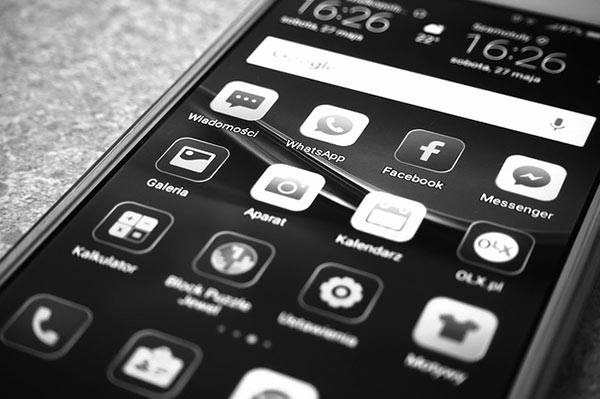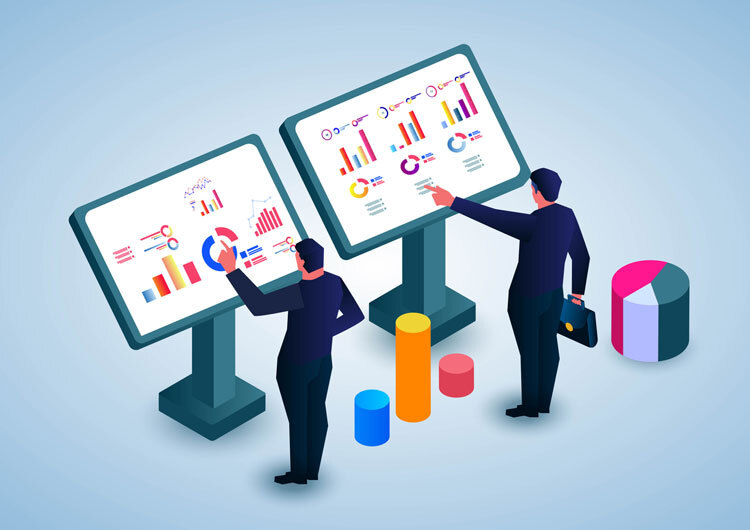With the number of SmartPhone users increasing day-by-day, mobile application development is having a greater account of importance in the digital ecosystem. According to Forbes, it was forecasted that there would be 268,692 million app downloads by 2017. The future without mobile applications seems hazy as most of the brand, let’s say every brand is on to the race personalizing their digital marketing campaigns through dedicated mobile applications.
A mobile application is one of the ultimate ammunition for branding and effective customer engagement as it gives an enterprise a greater privilege of better audience reach irrespective of the devices used as in mobile phones, SmartPhones, or other modern gadgets.
With years flying, devices growing, and the trends are catapulting, it is about time we see how these trends will shape the future of mobile application development.
5 Key Mobile Application Development Trends to Know
- Mobile Cloud Applications
- Mobile cloud applications eliminate the basic resource challenges faced under regular mobile devices.
- Restriction on bandwidth, battery life, and storage are normal but can be critical as they constrain the performance of a mobile application.
- Cloud computing is not a new technology, so mobile app developers can use this powerful platform to create applications that will be compatible across every device without any defined restriction.
- Significant Benefits,
- – You can conserve a significant amount of space on your mobile device and store application in the cloud.
- – The applications will be automatically updated without you getting bothered with notifications.
- – You will get to appreciate extended battery life, unrestrictive storage capacity, and unlimited bandwidth.
- IoT Applications
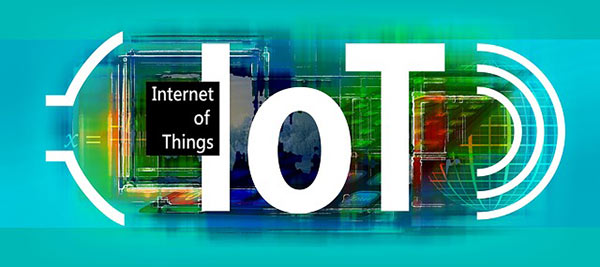
- The influence of IoT is finally on mobile applications.
- According to ABI research, ‘The IoT will drive wirelessly connected devices to 40.9 Billion in 2020.”
- IoT and mobile applications, how are things related?
- Basically, IoT is all about establishing connectivity between physical devices and applications, where the devices will be given instructions over the internet.
- Mobile application users can have ultimate experience, while connected to the multitude gadgets enabling them to control devices remotely anytime, anywhere.
- Wearable Devices
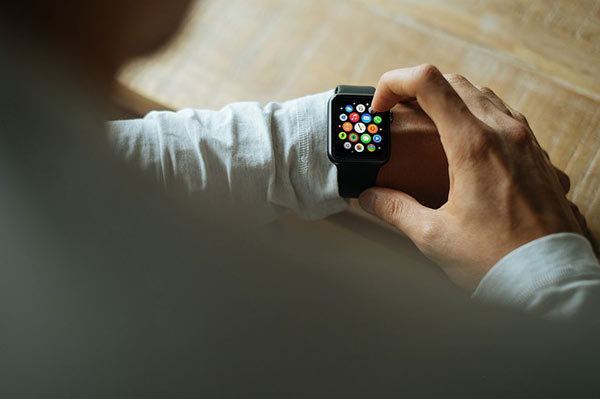
- After the transition from desktop to SmartPhone, now the future consumers will have something more to rejoice in terms of engagement, which is the transition from Smartphones to wearables.
- Wearable gadgets are smart electronic devices, as they are easy to carry, use, and operate.
- Garmin Vivoactive HR, Moov Now, Apple Watch Nike+ Fitbit Flex 2 are some of the popular wearable devices.
- So how wearable devices will influence mobile applications?
- The level of portability, well, the wearable devices are raising the level. Wearable devices are having a large influence across the industries. So application developers will have something challenging in their hands, counting the user-experience, accessibility, intuitiveness, and the level of interactivity.
- Motion & Location Sensing
- The mobile phones of today can perform in a smart way, so the reason they are termed as SmartPhones.
- Today, it’s not difficult to have a look into the Smartphone features that offer location-specific information to its users.
- Whether it is finding a grocery shop or some maze destination, the location sensing feature has made the lives of mobile users easy.
- On the other hand, motion sensing technology has more to offer in terms of navigation, power-saving, anti-theft, and games.
- M-Commerce
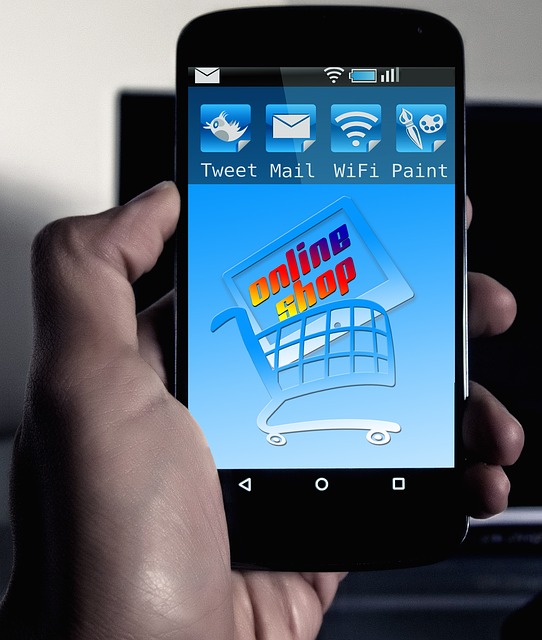
- The customers shopping habits are changing. According to Business Insider, it is predicted that by 2020, M-commerce will reach $284 billion or 45% of the total U.S. e-commerce market.
- The present scenario requires every application developer to make the experience as smooth as possible for the mobile users as they no longer are (maybe) desktop users.
- From shopping online to making payments, users are abstaining from carrying out traditional practices. As with the convenient mobile wallet, no longer customers have to stuff their wallet with the credit cards or happen to forget them carrying, because M-commerce is redefining everything with the word ‘spontaneity’.
